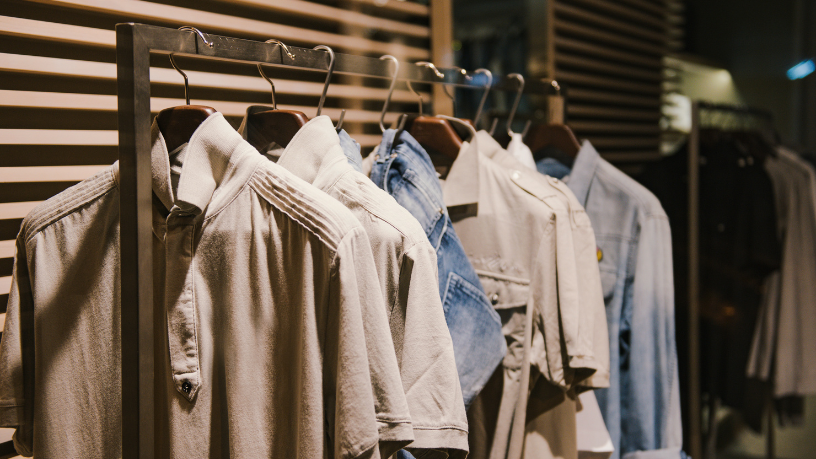As enthusiast Admar de Carvalho Martins highlights, plus-size fashion has undergone a significant transformation over the past decades, shifting from a restricted niche to an expanding market segment. With the growing movement for body acceptance and the appreciation of diversity, brands and designers have increasingly invested in more inclusive collections, catering to the needs and desires of people with different body types.
But how did this evolution happen? What challenges still need to be overcome? And how does plus-size fashion impact self-esteem and representation? Let’s explore these questions.
How Has Plus-Size Fashion Evolved Over the Years?
Historically, the fashion industry has favored narrow beauty standards, excluding bodies that did not conform to conventional measurements. Until a few decades ago, plus-size clothing was limited to unstylish designs with little aesthetic concern. However, as awareness of body diversity has grown, new brands and collections have emerged to offer more options and modern styles for all sizes.
Today, plus-size fashion is a growing force in the market, as Admar de Carvalho Martins explains, with major brands and retail chains expanding their lines to include larger sizes. Additionally, fashion shows and advertising campaigns have started featuring plus-size models, promoting a more realistic and inclusive representation of different body types.

What Challenges Still Need to Be Overcome in Plus-Size Fashion?
According to Admar de Carvalho Martins, despite advancements, plus-size fashion still faces challenges, such as the lack of standardization in sizing and the limited availability of options in certain clothing categories. Many plus-size consumers struggle to find pieces that combine style, comfort, and proper fit, highlighting the need for brands to invest more in this segment.
Another obstacle is the persistence of stereotypes and prejudice within the fashion industry. Although body acceptance is gaining traction, some brands and consumers still resist seeing plus-size fashion as equally relevant and desirable as conventional fashion. Changing this scenario requires ongoing cultural transformation and the engagement of influencers, designers, and consumers.
How Does Plus-Size Fashion Influence Acceptance and Representation?
According to Admar de Carvalho Martins, fashion plays a crucial role in people’s self-esteem and identity, and the inclusion of diverse bodies in the fashion world significantly contributes to the promotion of body acceptance. When individuals see themselves represented in advertising campaigns and store displays, they feel more confident and empowered, fostering a more positive relationship with their bodies.
Plus-size fashion drives a more democratic market, where everyone has the right to express themselves through clothing, regardless of size. The expansion of this sector strengthens the movement for inclusion and challenges traditional standards, making fashion an increasingly accessible and representative space for all. The evolution of plus-size fashion reflects a positive shift in how society perceives body diversity.
Finally, for Admar de Carvalho Martins, although there are still challenges to overcome, the progress made so far demonstrates that inclusion is becoming an increasingly present reality. By valuing acceptance and representation, plus-size fashion not only meets market demand but also promotes self-esteem and empowerment for millions of people worldwide.





